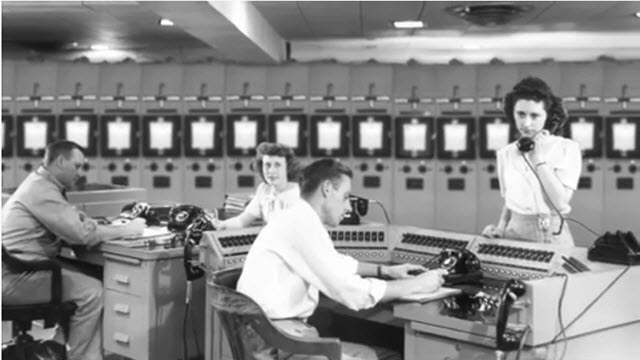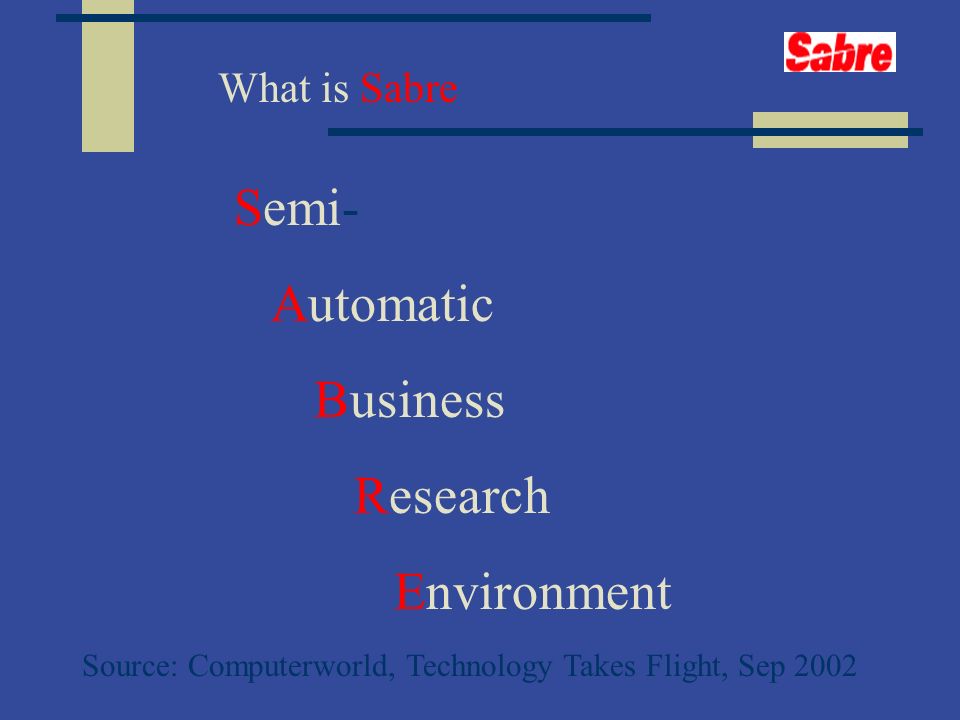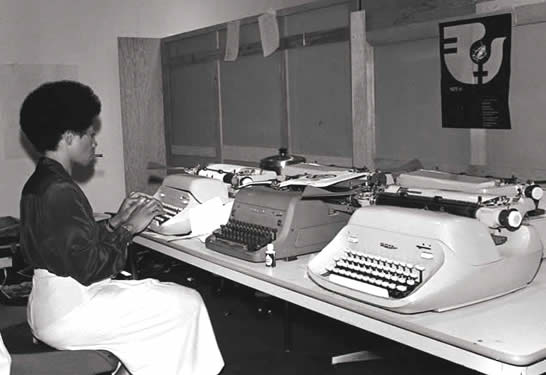A semi-automatic business research environment is a type of system that combines both human and machine elements in order to facilitate the research process. It is designed to assist researchers in gathering, organizing, and analyzing data in order to make informed business decisions.
One of the main benefits of a semi-automatic business research environment is that it allows researchers to take advantage of the speed and accuracy of machine-based data processing, while still retaining the ability to exercise human judgment and critical thinking. This can be particularly useful in situations where the data being analyzed is complex or where the research questions are open-ended and require a more nuanced approach.
One example of a semi-automatic business research environment is a system that utilizes natural language processing (NLP) algorithms to extract and organize relevant information from large volumes of text-based data. This type of system can be particularly useful for researchers who need to analyze large amounts of information, such as financial reports or market research studies, in order to identify trends or patterns that may not be immediately apparent.
Another example of a semi-automatic business research environment is a system that uses machine learning algorithms to analyze data and generate insights and recommendations. This type of system can be particularly useful for researchers who are trying to identify potential areas of growth or areas of risk within a business. By analyzing data such as customer behavior, market trends, and financial performance, the system can help researchers identify opportunities and challenges that may not have been otherwise apparent.
While semi-automatic business research environments have the potential to greatly assist researchers in the business decision-making process, it is important to note that these systems should be used in conjunction with human judgment and critical thinking. Machines are not capable of fully replicating the creativity, intuition, and critical thinking skills of humans, and it is ultimately up to researchers to interpret and use the insights generated by these systems in a responsible and ethical manner.
In conclusion, a semi-automatic business research environment is a powerful tool that can assist researchers in gathering, organizing, and analyzing data in order to make informed business decisions. By combining the speed and accuracy of machine-based data processing with the creativity and critical thinking skills of humans, these systems can help researchers identify trends, patterns, and opportunities that may not have been otherwise apparent. However, it is important to use these systems in conjunction with human judgment and critical thinking in order to ensure that the insights generated are used in a responsible and ethical manner.




+which+went+online+with+two+connected+mainframes+in+1960..jpg)
